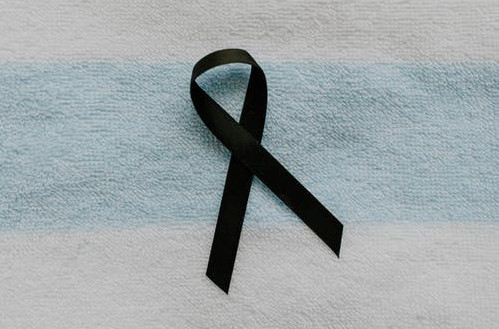
wrongful death Damages
The wrongful death damage (or tanatological damage) is the one resulting from the death of a person as a result of a third party's action, typically an injury and generally resulting from another person's wrongful act.
The term 'tanatological damage' refers to death occurring without an appreciable lapse of time between injury and death, so that it can be assumed that the latter is exclusively the effect of the former, thus excluding other possible reasons for the death (if the time between injury and death is substantial, it would in fact be considered as death aggravated injury).
The death of a person as a consequence of an unlawful act (by way of example, as a result of a road accident, an accident at work or medical malpractice) determines a legally relevant disadvantage not only for the person directly injured by the unlawful conduct, but also for other persons, close to the injured party, capable of causing deep suffering and changes of their daily habits.

Over the last few years, tenet and jurisprudence, emphasising the link existing between the deceased and certain persons more or less 'close' to him, have developed the concept of non-pecuniary damage so-called 'loss of the parental relationship', giving these 'secondary victims' the possibility of acting (also) to assert their own right against the civilly liable party to claim compensation for the damage.
Damage due to the loss of a parental relationship, which undoubtedly constitutes the prototype par excellence of the so-called multi-offensive tort, is the result of a renewed view of damage due to death through a constitutionally oriented reading (with specific reference to the inviolability of the sphere of affection and the stability of the family relationship ex articles 2, 29, 30 and 31 of the Constitution) of the general provisions on non-asset damage, such as articles 1223, 1226 and, in particular, article 2059 of the civil code.
